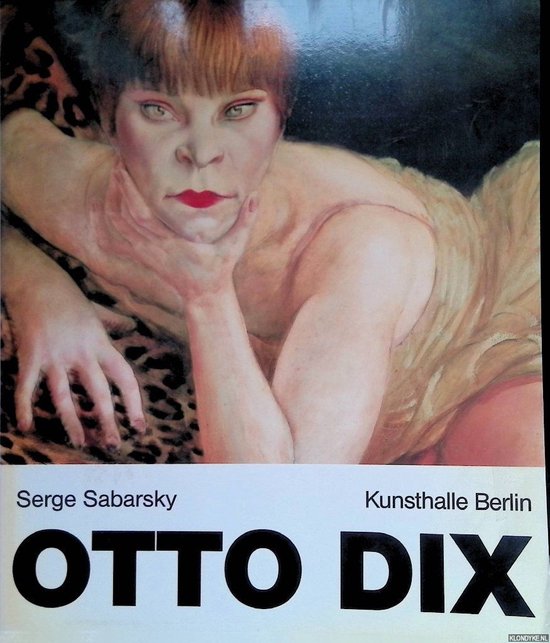
German Visual Culture- Otto Dix and Weimar Media Culture
Otto Dix (1891–1969) was a leading figure of the Neue Sachlichkeit, or New Objectivity, movement in painting in 1920s Germany. This groundbreaking study analyses for the first time the relationship between Dix’s verist-realist portrait paintings and the rapidly expanding mass media culture of the Weimar era that surrounded it.
Otto Dix (1891–1969) was a leading figure of the Neue Sachlichkeit movement in painting in 1920s Germany. This groundbreaking study analyses for the first time in depth the relationship between Dix’s verist-realist portrait paintings and the rapidly expanding mass media culture of the Weimar era.
Focusing on a selection of portraits created in the first half of the 1920s, the book explores four specific aspects: the way in which Dix engaged with fashion and celebrity culture; how he responded to the challenge posed by photography; how he dealt with a situation where black-and-white reproductions were the most common medium through which diverse audiences encountered his work, and the ways in which Dix’s career development ran in parallel with the commentary on his artistic production in journalistic and specialist media publications. Temporality, medium-specificity and reproduction are identified as concerns that drove his aesthetic responses to a historically specific environment.
New archival material, letters and interviews by the artist, and a wide range of publications by art critics, cultural theorists and art historians of the Weimar era are drawn on to reveal new information about key paintings such as Self-Portrait with Nude Model (1923) and Portrait of the Dancer Anita Berber (1925).
| Auteur | | Anne Reimers |
| Taal | | Engels |
| Type | | Hardcover |
| Categorie | | Kunst & Fotografie |





